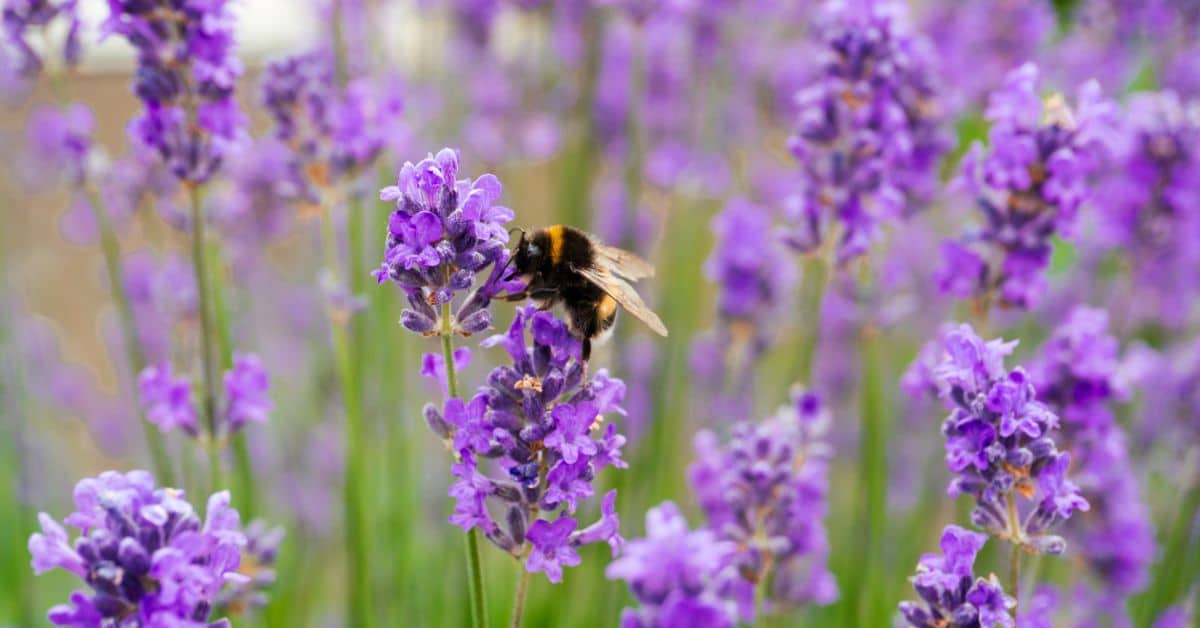

All living creatures on earth are tied to and affected by the cycles of the days, the months and the seasons. As humans, our bodies are also affected by light and darkness, dryness and humidity, warmth and cold, all of which represent the passage of time.
For millennia, the people of the world have followed the guidance of Mother Nature to maintain health and extend their longevity. Bitter herbs in spring acted as natural detoxifiers, fresh raw fruit and outdoor activities would rule summer, reflection and fasting during autumn to prepare for winter, warming herbs to help maintain immunity during winter.
Yet as the world evolved into an era of technological advance, so did our behaviors. We moved all too quickly to habits that are considered part of the convenience of modern living, like pre-packaged foods, artificial light and less sleep to name a few. While our society has evolved away from nature, our biology hasn’t quite caught up; we still depend on the same natural habits for optimum health as our ancestors did hundreds of years ago (a diet comprised of densely nutritious, seasonal foods, mostly plants, proper sleep, regular activity/movement).
Today we eat large amounts of the same food year round and consider the natural cycles of purification, fasting and detoxification “alternative” practices. Yes, one can argue that technology and science allow us to stay alive longer, but are we losing the quality of our lives and our natural biology in the process? To top it all off, we are walking farther away from the natural body-mind rhythm, which is key for overall health.
As part of my work, I advocate a return to a simpler, healthier lifestyle; one that allows you to live more in sync with nature and your own body. Since we are approaching the colder months, you may wonder how to adapt your lifestyle to the upcoming season in accordance with the natural rules of nature.
First and foremost, it is important to understand what happens to your body as the weather changes from warm to cold. During fall and early winter, our digestion gets a bit sluggish, we tend to need more sleep, our skin and airways get dryer and we become more prone to infections and airborne diseases.
Historically, people around the world celebrated harvest or fall with fasts (e.g., Ramadan and Yom Kippur), reflection on their lives and by making amends. It is a traditional time to focus on balancing the body. Here are my recommendations for how to honor the natural changes in your body that come with this change of season:
- Consume more root vegetables and other seasonal vegetables. This will help maintain a healthy gut and aid in the natural detox process that’s common at this time of the year. A strong, healthy digestive system is key, as it is responsible for many of the nutritional, detoxification, immune and metabolic processes in the body.
- Add warming spices like cinnamon, nutmeg, ginger and garlic to your dishes.
- Shift your workout to include less vigorous activities like Yoga, stretching and brisk walking.
- Use natural oils (coconut, jojoba, Shea) to hydrate the skin and a dry brush to get rid of dead cells at least 2x per week.
- Practice sleep hygiene by going to bed a bit earlier, keeping the room cool and dark and maintaining consistency with your sleep schedule.
- Consume fewer cold foods and less ice or cold water. Instead, drink tea as often as possible, ideally using bitter herbs like dandelion, sage, gentian, turmeric and chamomile.
- Check with your doctor and consider adding supplementation that would aid in the prevention of toxic buildup. Herbs like Milk Thistle or Goldenseal come to mind.
- Shift your activity inward. Reflect on the last 3 seasons, plan for the next 4 and ask for guidance and clarity when appropriate. Meditation has been used for centuries to improve relaxation, improve mind-body balance and enhance general health and well-being.
Copyright 2025 Center for Nutrition Studies. All rights reserved.
Deepen Your Knowledge With Our
Plant-Based Nutrition
Certificate
Plant-Based Nutrition Certificate
- 23,000+ students
- 100% online, learn at your own pace
- No prerequisites
- Continuing education credits











